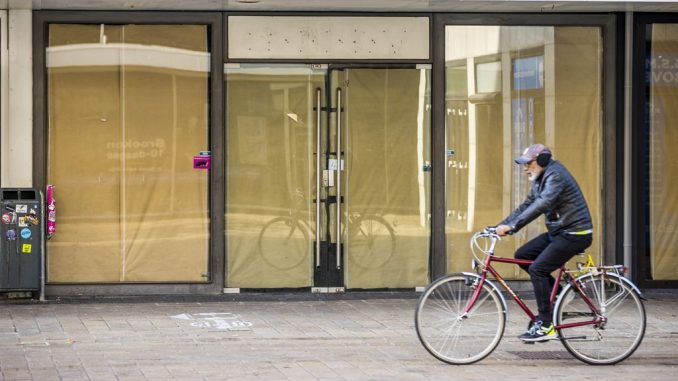
Challenges for Entrepreneurs
More and more entrepreneurs are holding their breath in the shopping street. High inflation makes consumers more critical, while employees demand higher wages and the energy company and landlord push prices up. On Tuesday, retail chain Big Bazar decided to make sure this year 13 of the 125 stores to close due to disagreement with the landlord.
However, the shopping streets are not yet suffering from this, for example due to an increasing number of bankruptcies. “We also read stories about rent arrears among SMEs, but we don’t really see that reflected in the shopping center,” spokesperson Rik Janssen of Wereldhave responds. The real estate investor owns eleven large shopping centers in the Netherlands, and is also active in France and Belgium.
High levels of vacancy are rare in the half-year figures published this morning. Wereldhave’s rental income is rising sharply, and profit rose by 27.2 percent. “We can let the rents that we ask the shopkeepers rise in line with inflation,” says Janssen. “Reported rental turnover is rising, but most tenants have also seen turnover increase.”
Wereldhave recognizes the image of the Dutchman keeping his hand on his wallet but makes a comment. “The more traditional retailer is having a hard time,” Janssen refers to Big Bazar. “But the so-called daily life retail is doing well, think of the supermarkets and drugstores. And the specialty shops too.”
Challenges for ‘Grey Mice’
Gert Jan Slob of analytics company Locatus recognizes the image. The role of possible rent increases should not be exaggerated, he believes. “The rent for shops is often about 10 percent of the total costs. So if the rent goes up by 10 percent, that is 10 percent of 10 percent. Personnel costs are much more pressing, which often amount to 30 to 40 percent of the total costs for a store. That adds up.”
Despite the relatively well-filled shopping streets, retail banker Dirk Mulder of ING foresees problems. “Turnover is still increasing due to price increases, but the quantities sold are declining. The question is always: what does the consumer do? He still goes out for dinner, on vacation and to festivals, but is otherwise more careful.”
“What is necessary and special remains popular,” says consumer psychologist Patrick Wessels about the shopping street. “Think of the supermarket and the caterer. In between, there are ‘grey mice’, of which I am surprised that they are still there at all. The traditional retailer with an unclear profile will not disappear overnight. Supply determines demand. If such a retailer is located next to a busy supermarket and drugstore, the run will continue to exist.”
Changing Shopping Behavior
According to Mulder, changing the shopping behavior of consumers is not easy for every retailer. “Entrepreneurs have less and less money to pay taxes, let alone to invest for the future. Over the next two years, you will therefore increasingly see a split in the shopping street between good and poorly performing companies.”
Peter van Heerde, Retail & Wholesale sector manager at Rabobank, speaks of a ten-year trend in which many shops are disappearing. “Many buildings are then filled with catering or services. Or the property owner bundles buildings for a supermarket. Something new often comes in, whether or not temporarily with a pop-up concept.”
Wereldhave is also preparing for this. “We anticipate replacement: something that people are waiting for, such as a gym or dentist.”
Creating the Right Mix
Still, both analysts wonder how long this trend can prevent real vacancy. “It will also stop at some point with the number of gyms and coffee shops in one shopping street,” Mulder expects.
“A combination of daily and non-daily is necessary to keep a street lively,” adds Van Heerde. “You now see more often that the destination changes into an empty shop. For example, the old V&D building on the Kalverstraat in Amsterdam, which is becoming a showroom for a car brand.”
Mulder also sees a solution in this. “You have to see if you can transform shopping areas into working-living-shopping. So more homes above shops. And large companies such as Adyen are now located in retail properties on the Rokin. So it is possible.”

Be the first to comment